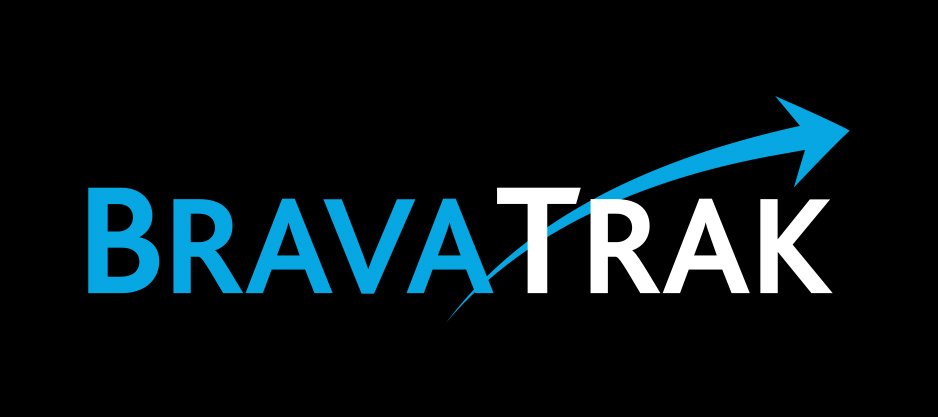Lead vs Lag Measures - the difference and why it matters in your contact centers
Transcript
Hi guys, this is Blair from BravaTrak.
I've been thinking about why it's so important to distinguish between the business results you're tracking and agent objectives. You'll recall I've previously said that business results are typically outside of the direct control of individual agents, while objectives are metrics over which they have a high degree of influence.
There's something further to consider here.
And that is; business results are generally 'lag measures'. They're called that because by the time you get the data, they're always lagging. You don't have a full picture until the end of the week, or the month, or the quarter.
Agent objectives, on the other hand, can be thought of as 'lead measures'. They possess two extremely useful characteristics. Firstly, a lead measure is predictive. By which I mean, if the lead measure changes, you can predict that the lag measure will also change.
For example, if AHT drops by one minute, we can predict that Speed to Answer will get faster. Or if Active Contact Resolution improves, we can predict that First Call Resolution will increase. Or if sales conversion increases, we can predict higher revenue.
The second characteristic of a lead measure is that it can be directly influenced by your frontline teams. Individual agents can make a lead measure happen without a significant dependence on anyone else.
Now, most people find this distinction something of a challenge. As a leader, you may have spent your entire career focusing on lag measures, even though you can't directly affect them. We see this everywhere. Service leaders fixate on Net Promoter Score. Sales leaders fixate on total sales. Parents fixate on their children's exam results. And dieters fixate on the weight.
And eventually in every case, fixating solely on the lag measure fails to produce results. In the end, it's the data on lead measures - which I've called your agent objectives - that makes the difference closing the gap between what you know your frontline teams should be doing, and what they're actually doing.
Without lead measures, you are left to try to manage the lag meters. Which is an approach that seldom produces significant results.
That's my take, what do you think?
